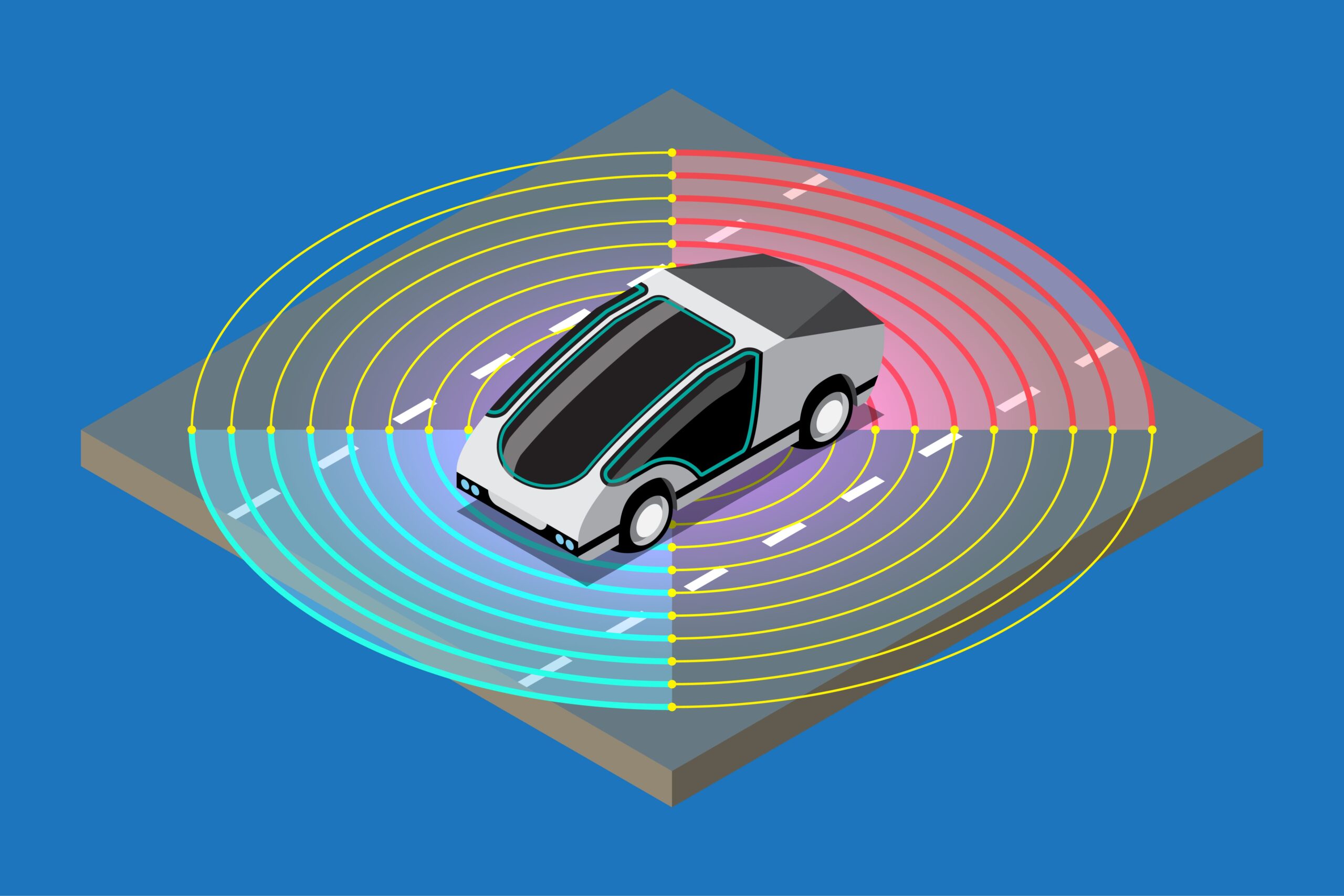Introduction
Autonomy solutions are revolutionizing how industries approach mobility, logistics, surveillance, and industrial operations. In particular, unmanned aerial vehicles (UAVs), autonomous mobile robots (AMRs), and advanced driver-assistance systems (ADAS) are transforming operational capabilities. As a result, intelligent systems are now being deployed across diverse environments to enhance efficiency, safety, and precision.
While autonomy brings greater efficiency and precision, it still requires human oversight—especially in unpredictable, real-world scenarios. Remote assistance serves as a critical safety layer in autonomy solutions, ensuring continuity, safety, and performance by enabling trained operators to intervene when machines encounter edge cases beyond their capabilities.
What is Remote Assistance in Autonomous Systems?
Remote assistance involves the real-time monitoring and support of autonomous systems by human operators. This includes visual and telemetry oversight, decision validation, and—when necessary—direct control. Remote operators act as safety stewards, ensuring that autonomous platforms continue functioning safely when exposed to novel, risky, or ambiguous environments.
This approach doesn’t weaken autonomy; it enhances it. In environments where full automation isn’t yet practical, remote assistance ensures operational resilience, especially during the early phases of deployment.
Core Components of Remote Assistance in Autonomy
Remote assistance is part of a larger autonomy stack that enables safe and effective deployment. The following components work together to strengthen remote support capabilities:
1. Human-in-the-Loop Annotation
Training autonomous models begins with accurate, detailed annotation. Human annotators label data from sensors such as cameras and LiDAR, helping systems learn how to navigate and respond to various stimuli. Even post-deployment, humans play a vital role in reviewing and correcting system outputs.
2. Scenario Dataset Creation
Safety, above all, hinges on how systems handle the unexpected. To address this, curating and tagging edge cases—such as erratic pedestrian behavior or uncommon road layouts—is essential. Through this process, organizations build robust scenario datasets that ultimately enhance model learning and enable operators to identify recurring intervention triggers more effectively.
3. Simulation Operations
Simulation-based testing accelerates development by allowing teams to replicate rare or dangerous situations. It reduces real-world testing costs and risks while generating critical feedback. Explore the Future of Autonomous Intelligence with Simulation Operations to understand how synthetic environments support safe autonomy.
4. Telemetry Monitoring and Live Support
As systems operate in the field, telemetry data—including speed, system health, sensor confidence, and environmental inputs—is streamed to a centralized control center. Remote operators use this data to intervene promptly when anomalies or safety concerns arise.
5. Feedback Loops for Continuous Improvement
Each time a remote intervention occurs, it contributes to a feedback loop that enhances model reliability. Moreover, intervention data can be analyzed and fed back into annotation and training pipelines—thereby allowing autonomous platforms to evolve through real-world learning.
Taken together, these components represent the backbone of modern autonomy solutions, where human expertise and intelligent systems work in tandem.
Use Case: Remote Assistance in Defense Technology
One domain where remote assistance is especially critical is defense. Autonomous systems used in surveillance or reconnaissance rely heavily on image recognition and object detection capabilities. However, in sensitive environments—such as conflict zones or high-security perimeters—machine misidentification can have serious consequences.
To address this, technologies like Facial Recognition and Object Detection in Defense Tech are combined with human-in-the-loop workflows. Remote operators validate targets, confirm classifications, and provide real-time input in situations where machines may lack clarity—ensuring ethical and safe operations.
Industry Leaders in Autonomy Solutions
As global demand for autonomous technology continues to rise, several companies are leading the charge in delivering high-quality autonomy solutions across domains. Notably, here are five top companies that are actively shaping the future of autonomy:
- Waymo
For example, a leader in autonomous driving, Waymo develops self-driving technology powered by advanced sensor fusion and machine learning. - Aurora Innovation
Specializing in autonomous freight and passenger transport, Aurora offers full-stack solutions including perception, planning, and simulation. - Cruise
Backed by GM, Cruise focuses on urban robotaxi deployments, integrating remote monitoring and assistance into its AV operations. - Nuro
Known for last-mile autonomous delivery, Nuro’s small AVs are supported by remote human supervisors who ensure safety and continuity. - Einride
Operating electric autonomous freight vehicles, Einride blends software, teleoperation, and logistics tools for freight autonomy.
While each of these companies offers unique technology stacks and use cases, they all share a core principle: blending intelligent automation with reliable human oversight—a model mirrored in how remote assistance supports autonomy worldwide.
Scaling Autonomy with Confidence
Remote assistance isn’t just a short-term fix—it’s a scalable safety strategy. During the early phases of autonomy deployment, when systems are still learning and real-world conditions are variable, remote support offers an assurance mechanism. It allows organizations to:
- Launch pilot programs with lower risk
- Improve model precision over time
- Respond quickly to unpredictable events
- Ensure compliance with safety and regulatory expectations
Remote support enables systems to operate in Operational Design Domains (ODDs) that may still contain uncertainties—expanding autonomy’s practical reach.
Conclusion
Remote assistance has become a foundational element in the safe and responsible deployment of autonomous technologies. It bridges the gap between what machines can do on their own and what they must still learn from human operators.
When supported by structured annotation, simulation, and real-time monitoring, remote assistance strengthens the entire autonomy lifecycle—from development to deployment and beyond.
In today’s era, where reliability, compliance, and safety are non-negotiable, remote assistance plays a crucial role. As a result, autonomy solutions don’t just function—they excel.


